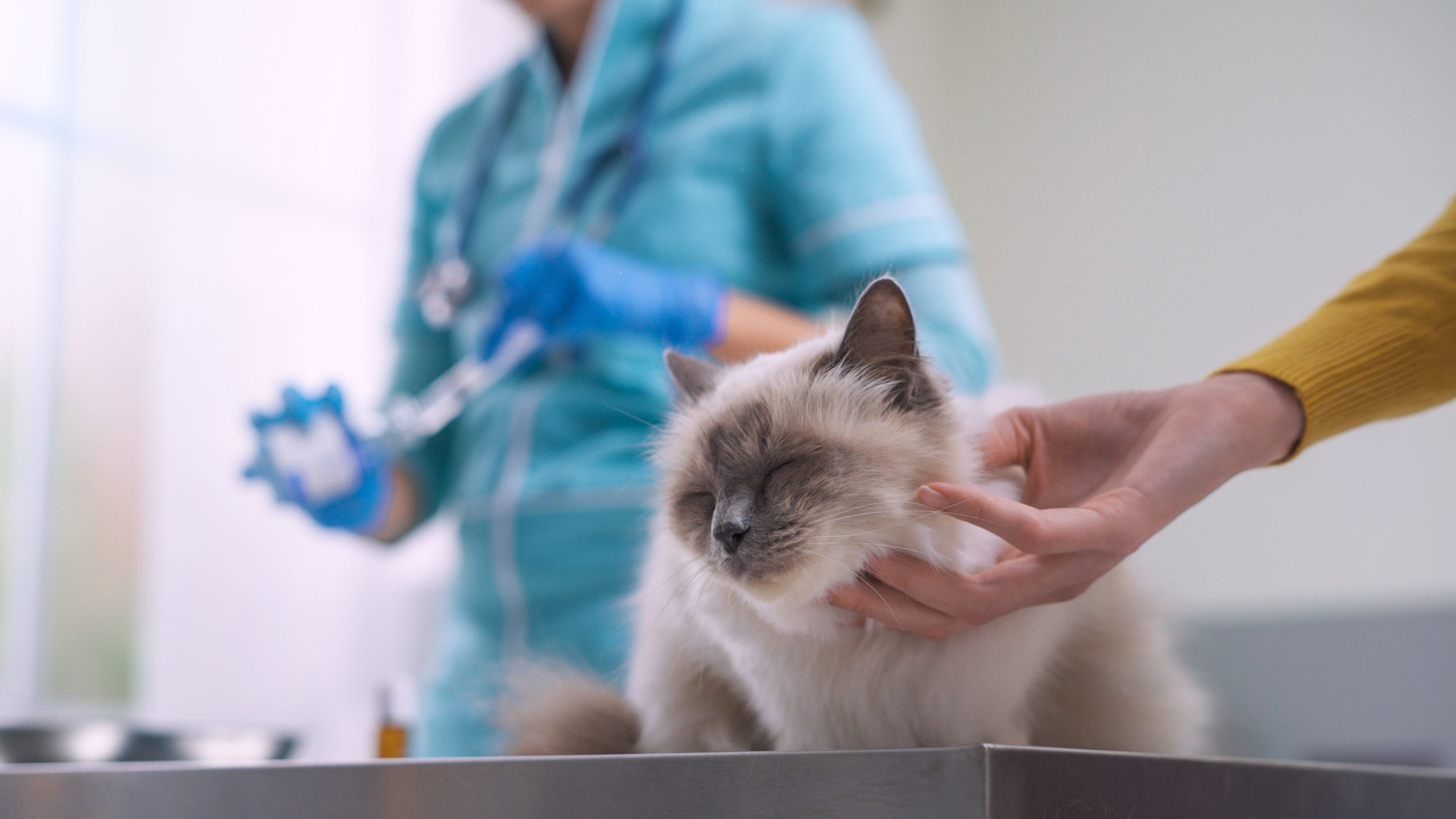With all our Covid19 restrictions still in place, we are all getting impatient to return to a more normal, pre-Covid19 operating mode. Many of us have been spending more time at home than ever before, and a result of that is that we also keep a closer eye on our pets. We realize now how important health care is, for us as well as for our pets.
For us, as veterinary health professionals, this has some interesting consequences. People realize earlier when their pets are not doing well and thus seek help earlier. We appreciate this as it helps us address concerns earlier. The downside of the collective situation is that despite our best efforts to see all our patients, with all the policies in place to keep everyone safe and healthy, we are sometimes maxed out when it comes to squeezing in patients which need urgent care.
So: what is considered an emergency that needs to be seen right away? Certainly, any accidents resulting in trauma are high on the list, especially if it involves heavy bleeding or head trauma resulting in changes to consciousness, as well as loss of the ability to move. Seizures are another emergency that should be seen as soon as (safely) possible. Just as in human medicine, difficulty breathing is an emergency. The same applies to sudden, complete collapse.
The ABC of emergency medicine is pretty much the same for human or veterinary medicine: we need an unobstructed Airway, Breathing has to happen, and the Cardiovascular (heart and blood circulation) system has to function. Valuable information to note is when it happened and what happened, essentially a timeline of events. Also, the last time the pet ate, drank, and acted normally. What medication the pet is regularly taking (this includes supplements and for example parasite control). If and how long a pet was unsupervised, and what it could have ingested (this is important if we suspect some toxin ingestion).
The stress of an emergency can be quite challenging, for you as the person owning an animal in distress, as well as for the staff of the facility who gets the call. The best-case scenario is if we can relay all the information needed accurately so that everyone involved can be prepared to do their best to help the affected pet.
So, what in turn can wait to be seen until the next day or until an appointment is available to thoroughly assess your pet? If your pet is eating and drinking ok and can go to relieve themselves, it can wait. If your adult dog or cat has vomited once, or if there was a worm in its stools, it is certainly reason for concern, but it is not an emergency. Minor wounds need to be protected from dirt, as well as from the pet licking on them, but they often can wait to be seen.
Some preparation can also help a lot: have the phone number of your veterinary office handy. Also, the information of an emergency veterinary clinic is valuable to shorten search times for phone numbers. Emergency kits for pets are available, and they contain besides some basic wound care supplies information pamphlets on what to do and who to call (with spaces you can fill in).
The list of true emergencies is not complete, and the list of non-emergencies is not either. The take-home message is we are here to help. We can counsel on what to do, and when, and where to go, but we need you to provide information to the best of your ability. Importantly, we all need to stay calm and listen to each other. Together we can achieve the best care possible.
The first step is to be prepared, and we can help you with that too! Hopefully, it never comes to it, but if it does, we know what to do!
By Dr. Susanne Krägeloh

